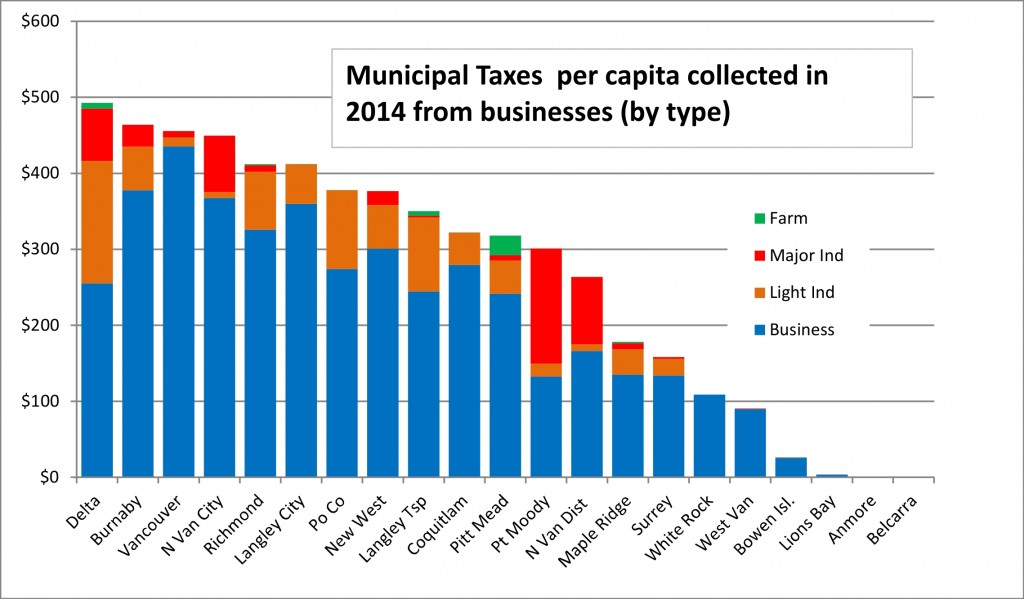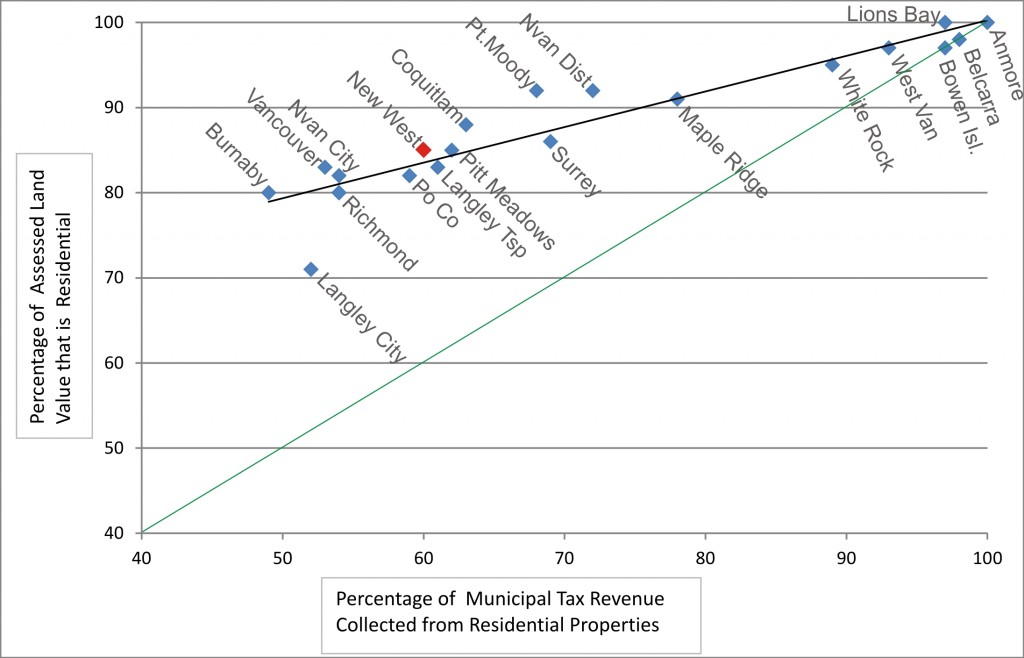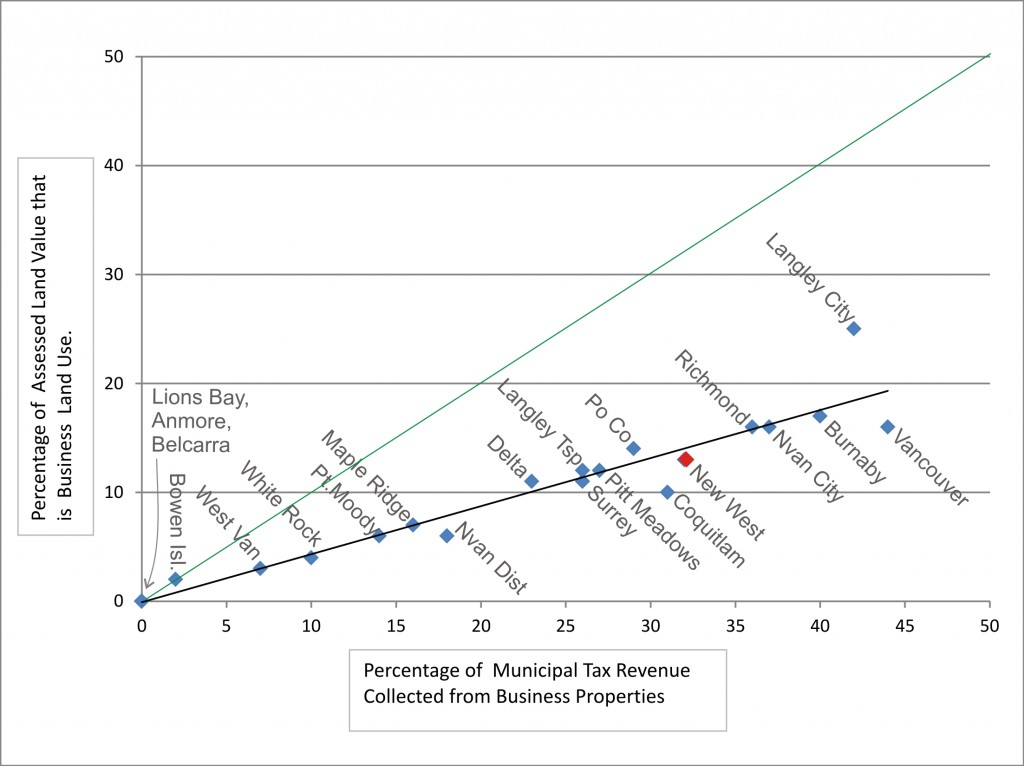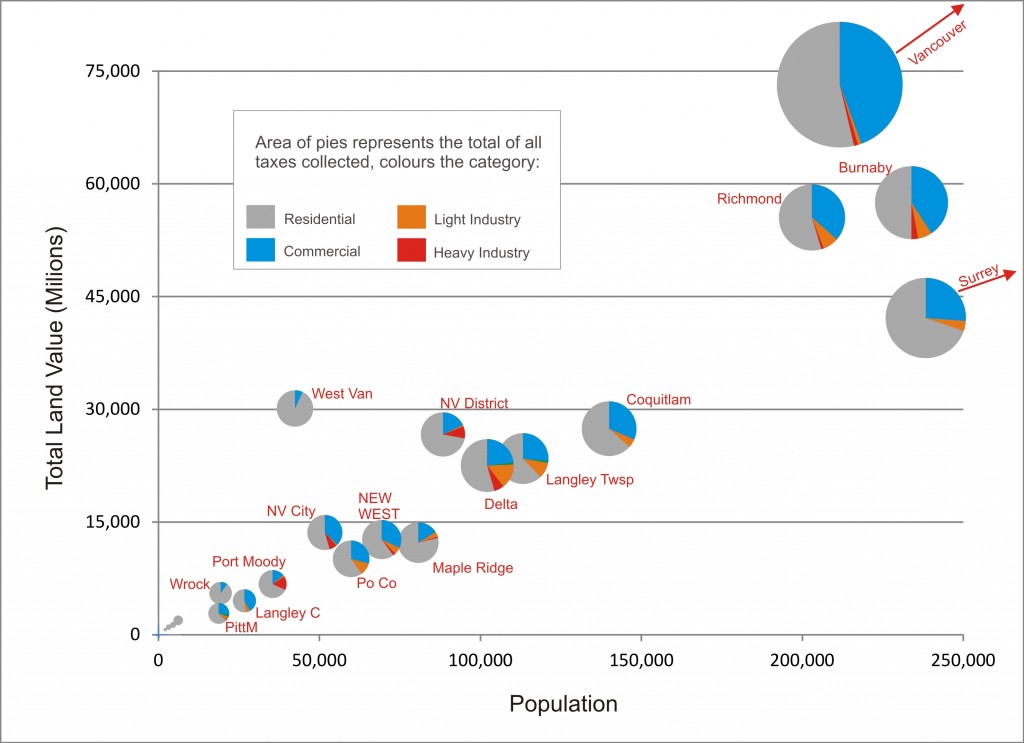The polls on the Translink Transit Transportation referendum plebiscite are closed, the ballots are filled in, but the counting is only beginning. The message from ElectionsBC is that turnout was slightly higher than expected, so the counting is going to take a little longer. It is being suggested that it will likely be three weeks before we have results. The cynic in me suggests the Friday before the week where everyone is trying to decide which weekend to make extra long around the mid-week Canada Day is the perfect time for the provincial government to announce the results of something they really want to avoid talking about, so prediction 1 is that “results day” will be June 26.
I am a guy who likes the occasionally wager, but I’m not taking any bets on the referendum plebiscite result. I think the count will be closer than anyone expects (within 5% either way), but you would need to give me positive odds to make any kind of bet. The turnout is higher than we anticipated, which could be good (the YES side really motivated their voters) or bad (the NO side didn’t throw their ballots away in disgust, but made the effort to vote), and the spread regionally is a lot flatter than I thought.
If you really want to speculate, you can have some fun sticking numbers into Brad Cavanagh’s Plebiscite Predictor tool (my two-minute guess via that tool? 52% No). Aside from that fun, I’m not going to pretend any kind of ability to predict the result, but I am going to try to predict what happens after the result.
If the result is a YES, the predictions are much easier. The provincial government will cob together a bit of self-back-patting for having such foresight, and will wait until the last possible second to produce some sort of enabling legislation so the PST increase can come into effect on January 1, 2016. Jordan Bateman will make some sort of “martyr against Big Government” reference, say the entire process was rigged and therefore invalid, will hunt for anecdotes of the new tax causing incredible hardship to some person, then will move on to attacking the healthcare system or public education or public toilets or whatever the next great evil is on the Fraser Institute list.
Meanwhile, the Mayors will get to work updating their local transportation plans to suit the new reality, and both the federal and provincial governments will find a way to open the taps so that they can cut the ribbons on every new project. Expect a lot of re-announcements. Municipalities (even those whose Mayors did not support the YES side) will start applying for the matching grants that are going to be available to improve their roads and pedestrian/cycling networks (such as the Q2Q Bridge) and more ribbons will be cut. Councils will update their plans to design future communities around the expanded Frequent Bus Network (in the shorter term) and the new light rail and Skytrain investments (in the longer term).
The Mayors will also continue (as they have for the last decade) to call for a complete re-vamping of TransLink, including a review of the “governance problem” to address the issues that were being raised long before the referendum plebiscite, but were thrown into brighter light by the referendum plebiscite process. I cannot predict if the province will take any action to fix those issues, as they are the only organization that can. Regardless, Mayors will still have disputes about who is getting more service or less and who is pulling their weight as far as regional transportation (i.e. Delta will continue to complain about getting no service, even as they watch a $3-billion bridge being constructed in their front yard), but at least we can move on to arguing about what is being built, and stop arguing about what isn’t. Overall, the region will move on with a good idea what the next 10 years (two council terms!) will bring.
If the results are a NO, the predictions are much more difficult. Of course, we know Jordan Bateman will make some reference to David slaying Goliath, say the process proves that the people are always right (at least when they are battling taxes), then will move on with new vigour to attacking the healthcare system or public education or public toilets or whatever the next great evil is on the Fraser Institute list. How everyone else will react is harder to see.
The Mayors have got a problem, because they need to keep their cities and the region moving, and it would be suggested that the last 2 years since the word plebiscite“referendum” first arose in the heat of the last provincial election, have been almost completely wasted.
Except they really haven’t been wasted. During that time, the Mayors put a plan together that (almost) all of them supported. They managed to put away the knives and agree on a set of priorities and principles. Even after a NO vote, few will argue that the vote was against the Plan (how many times did people say “I like transit and support it, but I’m voting NO because…”). The Mayor of Surrey thinks she can build light rail on her own; the Mayor of Vancouver has no such delusions about the Broadway line. Few are talking about the real meat’n’potatoes of this plan: the new busses, the expanded Frequent Bus Network, B-lines, and night busses, the increased capacity on the existing SkyTrain network, which will benefit every Mayor if the region, from Delta to West Vancouver to Maple Ridge. These things need to happen if we are going to have a livable region, and they need to happen soon. How do we get there?
And again, regardless of the referendum plebiscite result, the Mayors have to continue to press for the governance changes at TransLink that they have been calling for since the 2007 re-org that shuffled them aside from the real regional planning role.
The province has a couple of choices. They can see a NO vote as opportunity to open the TransLink can of worms, and create something new that the region can work with. However, there is no evidence this is actually something the province is desirous of.
Alternately, they can try to turn this back on the Mayors and say: You failed, live with it. They can march ahead with the Massey Tunnel replacement (no referendum) and step in to fund a larger 6- or 8-lane Pattullo (now that alternatives are off the table), and then, I dunno – a new Second Narrows? Rest assured they will beam of their commitment to transit when cutting the ribbon on the Evergreen Line, and if the fall election gives Dianne Watts any influence in Ottawa, maybe the new Mayor of Surrey will get a light rail bauble for her crown. However, without the comprehensive plan, without the commitment to new busses, more B-lines, higher frequency and more reliability on the existing Skytrain System, and a list of priorities something like the Mayor’s Plan, a functional Transit system we will not have.
Trying to understand the Province’s strategy by their public communications is like trying to read tea leaves. The most recent comments by the Premier are not particularly helpful. Allow me to parse:
“what ever happens, people in the lower mainland want more transit. I think everybody agrees with that. The question they are being asked now is how do they want to pay for that transit?”
Respectfully, no. That is not the question “they” are being asked. There have been more than half a dozen proposals about different ways to fund transit (and roads and bridges and cycling, but I’ll give it the pass here) expansion, from property taxes to road pricing to sales taxes and car levies –this proposal was the only one the Province took to the voters. The question “they” are being asked is actually: “Do you want to pay for this specific set of transit and transportation infrastructure through this specific and very limited method?” This is apparent in the many varying (and often self-contradictory) reasons people have provided for voting NO. Actually, if you follow the “no” side rhetoric closely, the question is more “would you like to take the food out of the mouths of struggling hard-working families to build a big cash vault for TransLink Executives to roll in?”
“I think that proposal is a sound one, and I think it would be great for job creation in the lower mainland… it would be great for transit and for the environment in the lower mainland but I think people have a right to make that choice.”
If it is imperative that people have a “right to make that choice” on a specific initiative that will clearly provide so many benefits, from the environment to job creation to the health of the region, someone has to ask why? If it is the right thing to do, and every elected person in the region agrees (with only very few exceptions), why are we intentionally throwing a taxpayer revolt at it? And please remind me again where this “right to make that choice” starts and stops, because no-one voted on the Port Mann, the Massey Tunnel Replacement, LNG plants up the whazoo, MSP premium increases or education budget cuts. Ugh, there I go, criticising the process again… Let me get back on track here.
It seems the one place the Premier and I agree is that the Mayors Plan, or something like it, has to happen, and very soon. As a region we cannot afford to balkanize our sustainable transportation system while the Ministry of Transportation pushes freeways through our neighbourhoods, because that is the only option left. The Pecha Kucha presentation by Gordon Price in February put it as clearly and eloquently as anyone could: Planning for a Sustainable Transportation Plan is an integral to what we are as a region, to everything we love about Greater Vancouver, Cities in a Sea of Green:
Cities in a Sea of Green (worth your 6 minutes to hear).
I think the Mayors would be best served by immediately coming out after a NO announcement and saying “this is still the plan”. Then ask the province, in no uncertain terms, to live up to what the Premier is quick to reiterate: This region needs transit investment, and it is the Province’s responsibility to get it done. We tried the referendum plebiscite route, we still have a viable plan here: What next?
Because there will be finger-pointing and blaming here if it goes to a NO, and the Mayors need to stand together, or they will fall apart, and the people hoping for a sustainable future of the region – those of us who want this City to be livable for the coming decades – will be the biggest losers.



